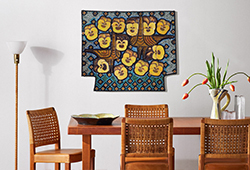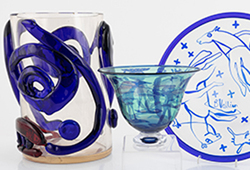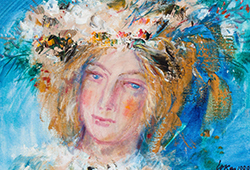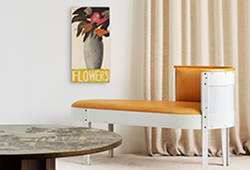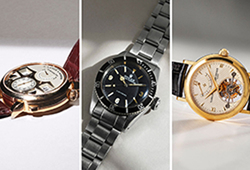Important Spring Sale – Cecilia Nordström lists favourites in the upcoming auction
Specialists choice Cecilia Nordström
From a Western Tibetan buddha from the 14th Century to blue and white Ming porcelain, to a Japanese six fold screen, Bukowskis Asian Sale, a part of Bukowskis Important Spring Sale (June 2nd-4th) presents a rich array of Works of Art spanning through history. Amid this treasure trove, Cecilia Håkansson Nordström, Bukowskis Asian Specialist choose a few of her favourites. Click ahead to see her picks.
Feel free to look through our web catalogue and do not hesitate to stop by for a viewing. You can also email or call me, and we will find a time that suits you. Welcome!
When is the viewing and auction?
Bukowskis Important Spring Sale
Viewing 27 May – 1 June, Berzelii Park 1, Stockholm, Stockholm.
Open: Mon–Fri 11 AM – 6 PM, Sat–Sun kl 11 AM –5 PM
Auction 2 – 4 June, Arsenalsgatan 2, Stockholm.
Read more about the auction and view the catalogue

Crowned buddha Tibet, 14th Century
A bronze figure of a crowned buddha, Tibet, 14th Century. Seated in vajrasana on a double lotus throne, with his right hand lowered in varadamudra and the left resting on his lap, wearing dhoti, bejewelled, his face displaying a serene expression, downcast eyes, urn, smiling lips, elongated earlobes with ear ornaments, neatly combed hair. Tiara decorated with floating ribbons. Base plaque, filled.
It is fantastic when you enter a home, like where this collection came from. It is like a time capsule and a link to the golden age of collection in the early 20th Century. The collection of Henrik Reuterswärd (1881-1964) was inspired both by his relative C R Patrick Reuterswärd (1885-1963) who was posted as a charge d ’affair in Tokyo, Peking and Shanghai 1911-1914) and his colleague at Mo and Domsjö, the famous collector Carl Kempe (1884-1967).
To the buddha
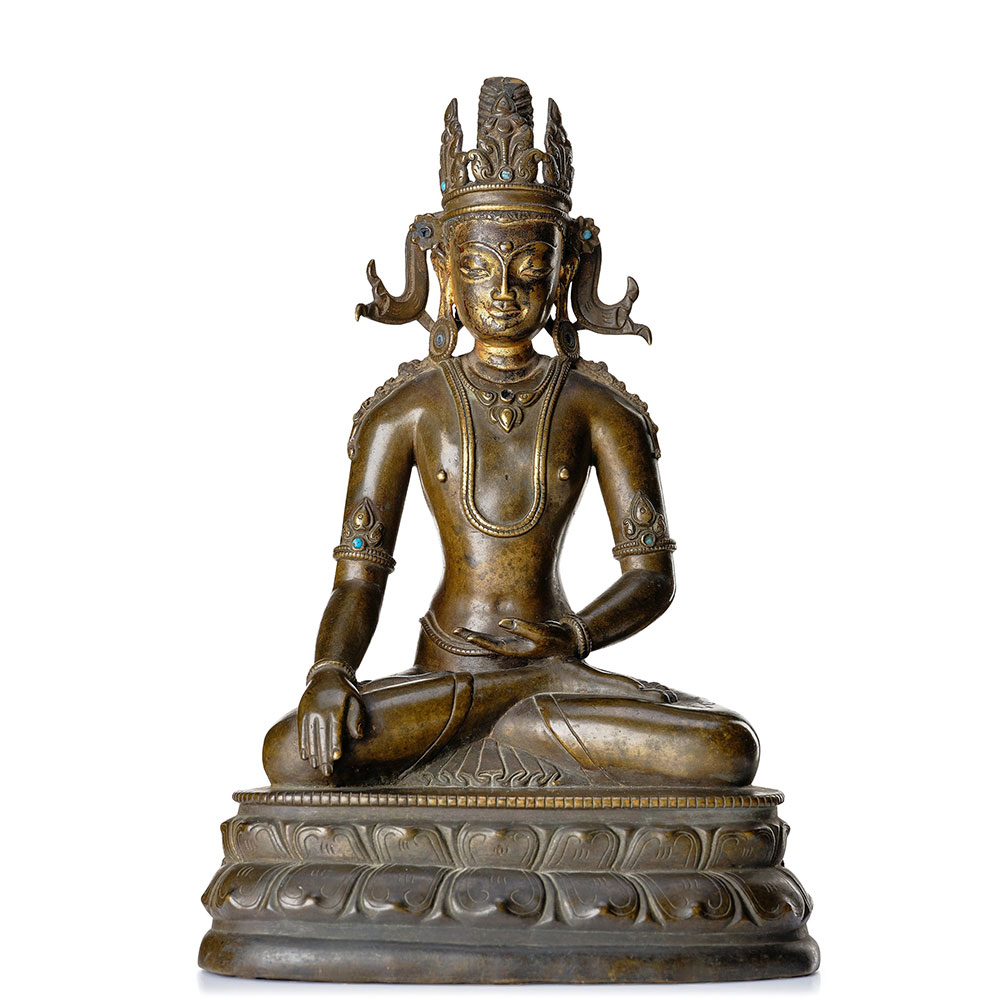
Blue and white porcelain.
I just can’t help it but I do so love the blue and white porcelain! This time we have the privilege to sell fantastic blue and white pieces from several different private collections. It is a great opportunity to study the development of decoration of the blue and whites. Chinese potters subsequently mastered the technique of firing blue and white wares to achieve a more even cobalt-blue tone. But the tone varied from one dynasty to the next. This decorative element changed a lot over the centuries. A characteristic of 15th-century blue and white porcelain, for example, was the so-called ‘heaped and piled effect’, in which the cobalt-blue underglaze was concentrated in certain areas, bubbling through the surface of the glaze and turning a deep blue-black. This inadvertently gave texture, energy and shading to the design and was highly admired in the 18th century.
Bid on the Asian department
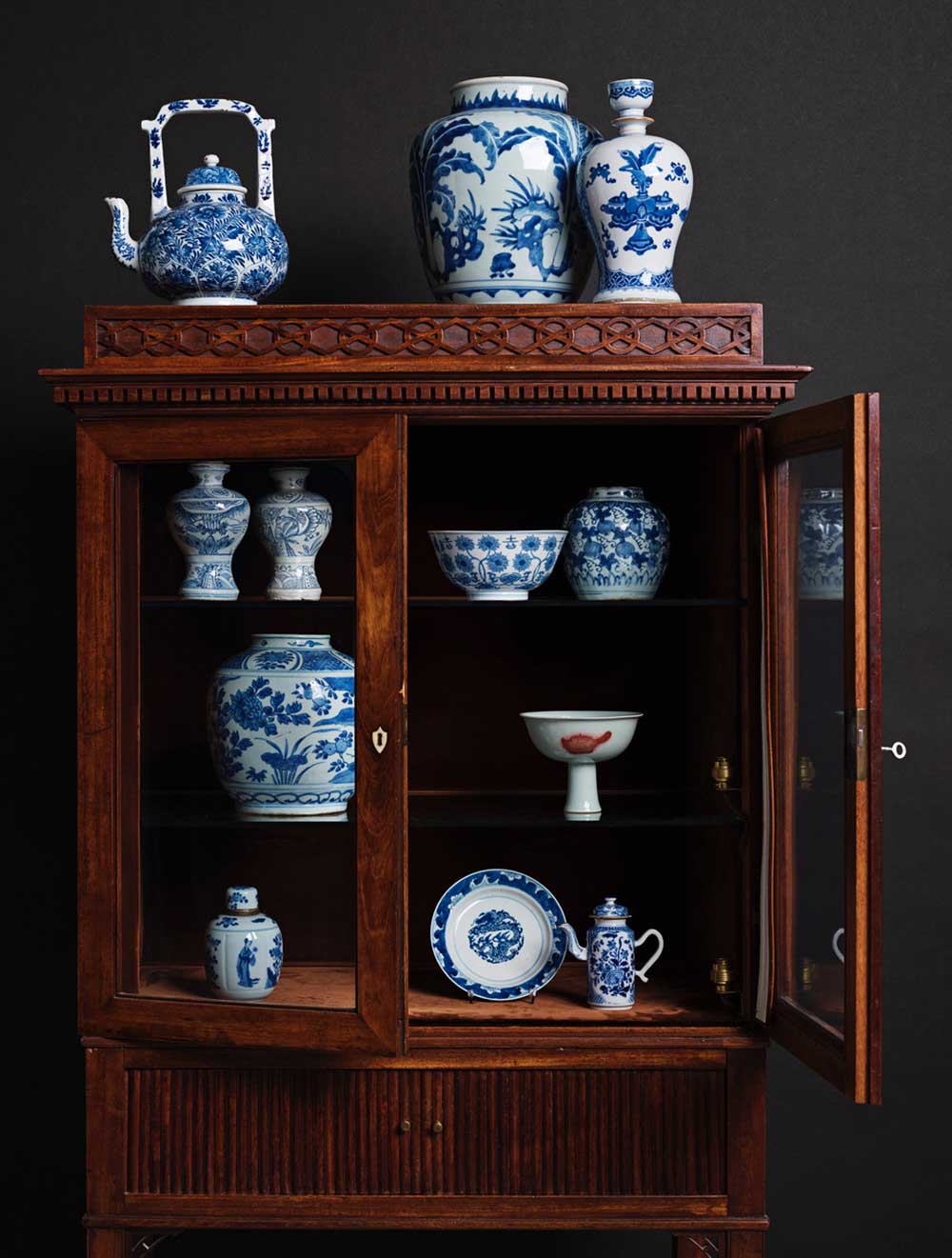
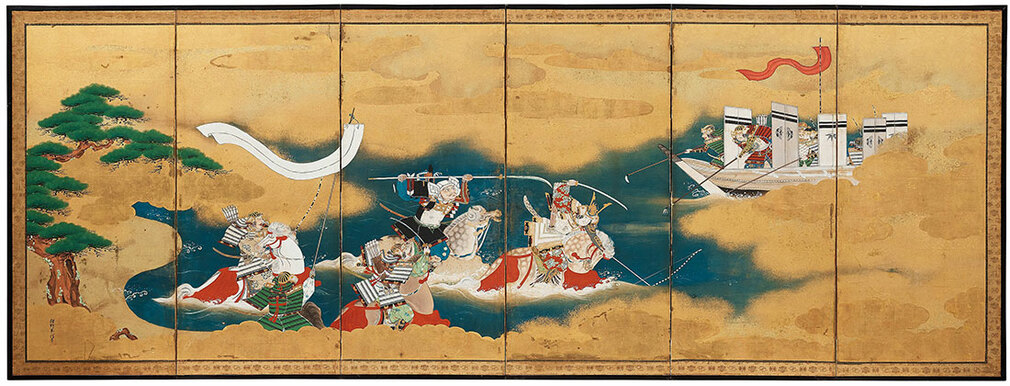
Japanese sixfold screen 19th Century
*A signed Japanese sixfold screen, 19th Century. Depicting fierce samurais on horse back charging out in to the water towards a vessel with other soldiers. The Japanese screens stand out and fit in to any interior, modern as well as classic. They are truly timeless.
Screens were often used as diplomatic gifts. The subject of the screen paintings could often be interpreted as a message to the recipient: 17th-century inventories describe images of Japanese warriors on screens sent to Korea — which is interesting considering Japan invaded its neighbour twice in the 16th century. Japanese screens also played an important part in the sacred setting of Shinto and Buddhist temples. This screen that is at offer at Bukowskis was purchased in Japan, in 1965 by Professor Helge Wulff (1903-1986).
Bid on the Japanese Screen
Contact our Specialists

Tukholma
Cecilia Nordström
Johtava asiantuntija – itämainen keramiikka & taidekäsityö, eurooppalainen keramiikka ja lasi
+46 (0)739 40 08 02

Tukholma
Björn Extergren
Johtava asiantuntija sisäänjättö ja myynti. Asiantuntija antiikkikalusteet, taidekäsityö ja aasialainen keramiikka
+46 (0)706 40 28 61





